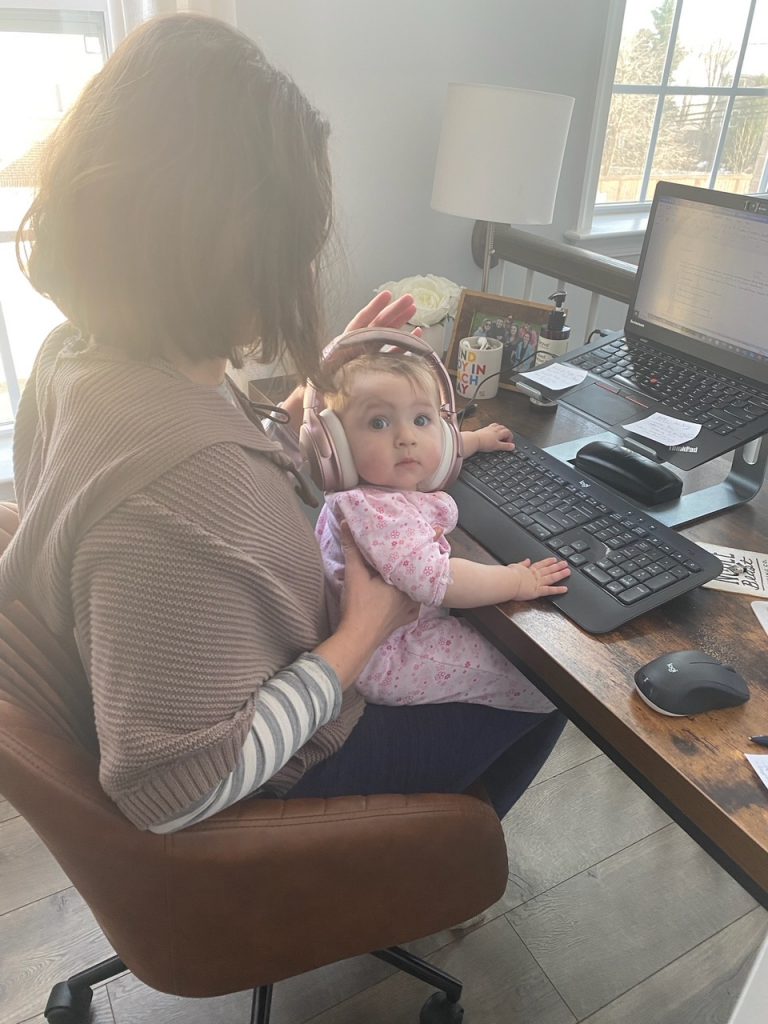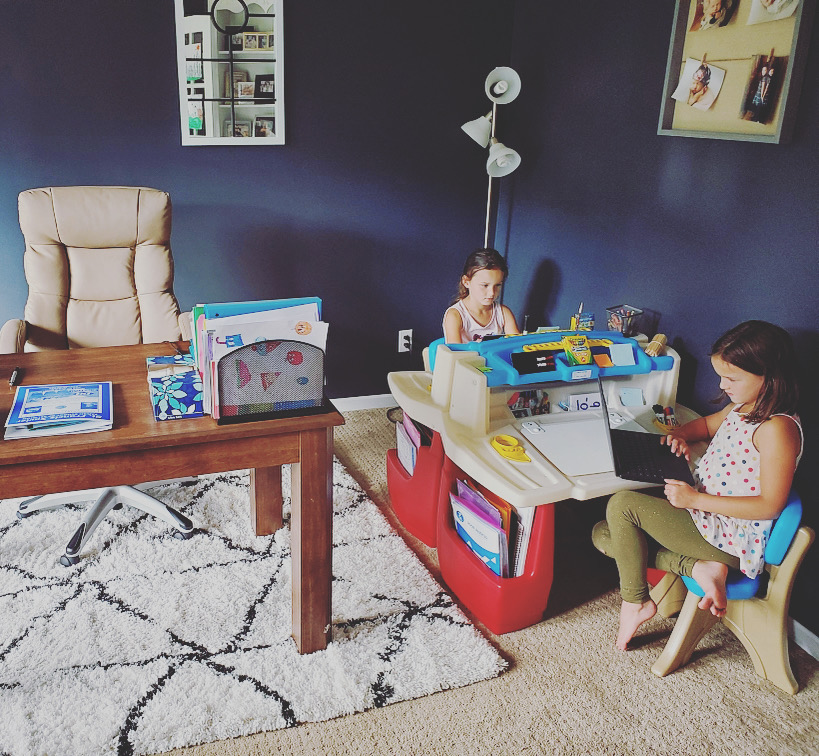If you’re a mom, you know that mornings can bring a certain level of stress. From waking everyone up, prepping breakfast and school lunches to getting the kiddos off to school, it’s not an easy haul.
We talked with four different moms with kids ages 7 months to 9 years to hear about their morning routines and to share tips with other moms. Here’s what they had to say.
Lindsay, mom of 3 (ages 7 months, 4 and 6) My morning routine starts early. I’m usually up twice in the wee hours of the morning when my baby wakes up. Last night I was up at 3 a.m. to feed my baby a bottle, burp and change her. She’s teething, and when I pick her up to sooth her she barfs on me. I change everything and get back to bed around 4 a.m. At 7 a.m. my two older sons run into my bed and jump on me. They want to play Wordle, so they grab my phone and I watch as my oldest keeps swiping up to get my email notifications off the screen. Soon after, my husband comes in and plops the baby on me and says he has to take a shower. At this moment, I have three kids on me (one is not dressed and has Nutella all over his face while on my white comforter… Grrrr!).
We head into the kitchen and I sit at the kid’s table trying to motivate them to eat and get dressed, while my husband repeatedly says, “We are going to be late for school.”
Our nanny arrives around 10 a.m. to help tidy up the kitchen and care for the baby. At that time, I’m finally able to get dressed and brush my teeth and head to my at-home office to start my workday.
Courtney, mom of 3 (ages 3 and 9 year old twins) Mornings, particularly weekday mornings, are not for the faint of heart. I remember calculating how many things I did one morning and felt I deserved a major reward.
My husband works six days a week and is usually out the door before I brush my teeth. So, with that being said, I have a lot on my plate with getting the kids dressed, beds made, backpacks packed, breakfast, snacks, and on and on. I’m also trying to check email in the morning while all of this is unfolding (sigh). For the most part these days have become somewhat of a routine, but don’t let that fool you. Someone might have gotten up on the wrong side of the bed, which creates another level of chaos. But yes, the routine helps and also a lot of deep breathing and coffee.
Jamie, mom of 1 (age 9 months) When does the morning even start? My 9 month old daughter still wakes up 2-3 times per night, with a final wake up at sunrise around 7 a.m. She usually crawls around in our bed a bit until one or both parents are ready to function. Each morning, I take my daughter over to our bedroom window for her to greet the day. We say “Good morning, world – Good Morning, birds – Good morning, cars.” She loves it and just lights up!
Once we make our way downstairs, my husband will feed the baby while I get ready for work. On the days I go into the office, I drive to the train station to catch the 8:05 a.m. train into Washington, DC. On WFH days, I’ll lounge around a bit more and feed the baby in the morning so my husband gets a moment.
No two days are the same. It’s a lot of on-demand attention to what’s needed hour-by-hour. The flexibility has its benefits, but a little structure is also helpful. The days we have childcare help are always smoother and more balanced.
Katie, mom of 3 (ages 2, 4 and 5) I get my youngest son up from bed at 6 a.m. and then my next move is to immediately head to the coffee machine. Luckily, my husband and I rotate the early morning waker each day so the other can get an extra hour of sleep. I get him his breakfast and squeeze in some snuggles before I head back to the kitchen to start filling water bottles and getting things ready for school. Oh, and meanwhile, I’m checking work emails to see if any of my Europe clients have urgent requests. Perks of working for a global pharma company.
The other two kids head downstairs at 7 a.m. and everyone has their breakfast. Peppa Pig or Spider-Man can be seen on the TV in the background. They assist me in keeping the kids in one place as I get them dressed and do their hair.
I run upstairs around 7:30 to change and get ready. I come back downstairs (in record time) to load everyone in my car with my husband. At least one person is screaming or having an exorcism. I drop the youngest two off at daycare (we do part-time daycare and part-time nanny care) and then my oldest and I head to Dunkin’ to consume our breakfast (which includes a large coffee for me). This stop on the way to the carpool line is religious to my morning routine. If I had to chose between Dunkin’ and my husband … I’d need a few minutes to think.
Looking to hire a babysitter or nanny? Bell Family Company provides fully vetted & FULLY VACCINATED on-demand babysitting, including full and part time nannies, baby nurses, temporary care, help with virtual learning, and more! Learn why BFC is the best childcare agency, with childcare providers available across the U.S. (on-demand service available in the tri-state area). Contact us today to hire!





